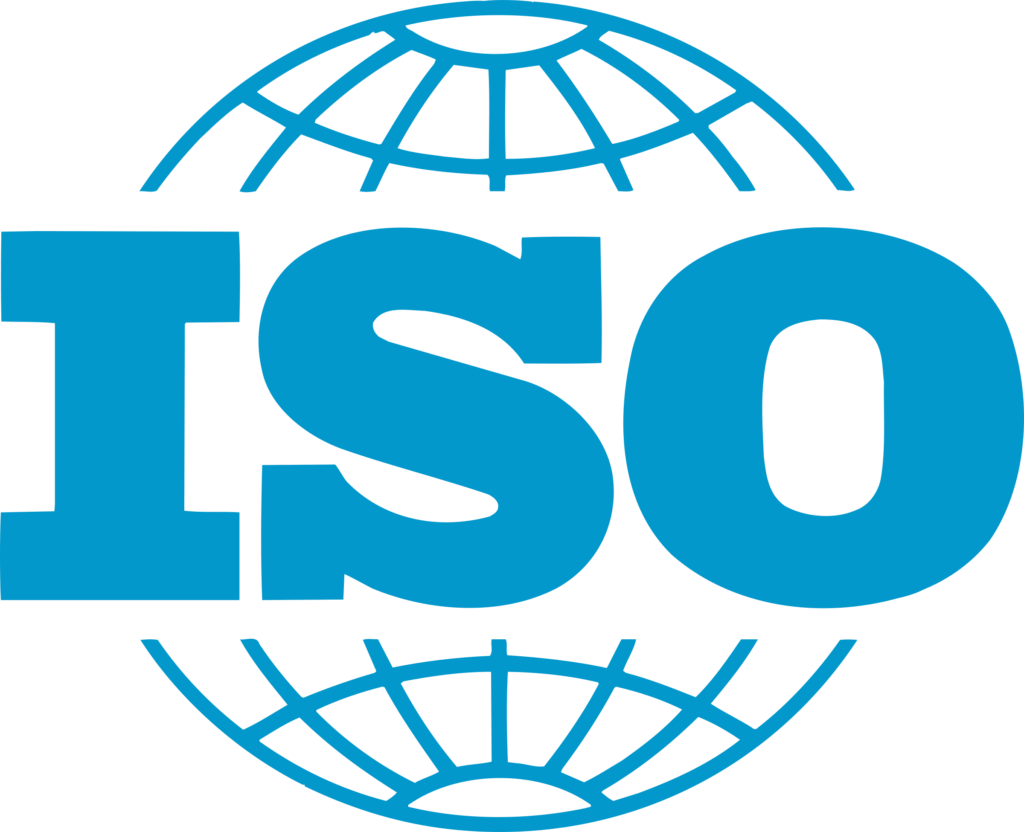Today, employee offboarding is an inevitable part of working life. Long gone are the times when people would spend their entire working lives in the same role at the same company.
So the time has finally come… your favourite employee has just handed in their notice of resignation, what happens now?
What is offboarding?
If you work in recruitment or HR then it’s highly likely you will have heard of the term onboarding (check our What is Onboarding? post if not), but did you know it has an opposite?
According to wikipedia, offboarding can be defined as ‘’the separation process when an employee leaves a company. The offboarding process might involve a phased transfer of knowledge from the departing employee to a new or existing employee; an exit interview; return of any company property; and various processes from the company’s human resources, information technology, or legal functions.’’
What is an offboarding process?
An offboarding process is the means by which an organisation and an employee formally separate and part ways, through either resignation, retirement or termination.
A good offboarding process should encapsulate all the decisions that need to be made when an employee leaves such as;
- Informing the relevant people and departments
- Ensuring their knowledge is transferred to a suitable current employee
- Recovering any company assets or equipment
- Rescinding their access to company systems and sensitive information
- Gathering feedback about their time with your company, including what went well and what didn’t
A good offboarding process will ensure there are no loose ends and that the employee leaves the company in as smooth a manner as possible. They also provide a great opportunity to gather honest feedback to help the company (and employee) learn and improve in future.
When an employee leaves your organisation it provides you with a good chance to gain an advocate for your company, for example, things like Glassdoor reviews are becoming increasingly valuable in hiring the best talent as poor reviews here will put off job seekers in applying to a role with your organisation.
Benefits of good offboarding
- A good offboarding process (as well as a good onboarding process) can help to improve employee branding
- Can provide valuable feedback on company processes, what’s working for employees and what isn’t
- If the feedback is used wisely and actually actioned then offboarding can help improve employee engagement and performance of current employees
- Makes it easier to rehire old employees at a later date
How to improve your offboarding process?
There are a number of best practice tips you can follow to ensure leaving your company is a smooth process for everyone involved.
- Set up some processes and embed them within the organisation
- Make sure managers and heads of departments are all onboard
- If setting these up for the first time this is an excellent opportunity to review your onboarding process too – try to get them to mirror each other so you have a comprehensive process for starters and leavers. Remember that the better your onboarding and offboarding processes, the better impression employees will have of your company when they start or leave a role
- Succession planning. Make sure you have a succession plan in place. If you don’t have a direct replacement immediately, then make sure their knowledge and job tasks are transferred to someone else within the department
- Having some idea of who to promote internally, if they are a good fit for specific roles etc
- Realise and accept that the vast majority of employees will leave your company at some point and try to be open about it (and support them if possible). Being open about your employees future plans will help you massively when it comes to planning for their replacements. It’s much easier to plan when you have advanced knowledge that someone is planning on looking elsewhere.
Download off boarding checklist



